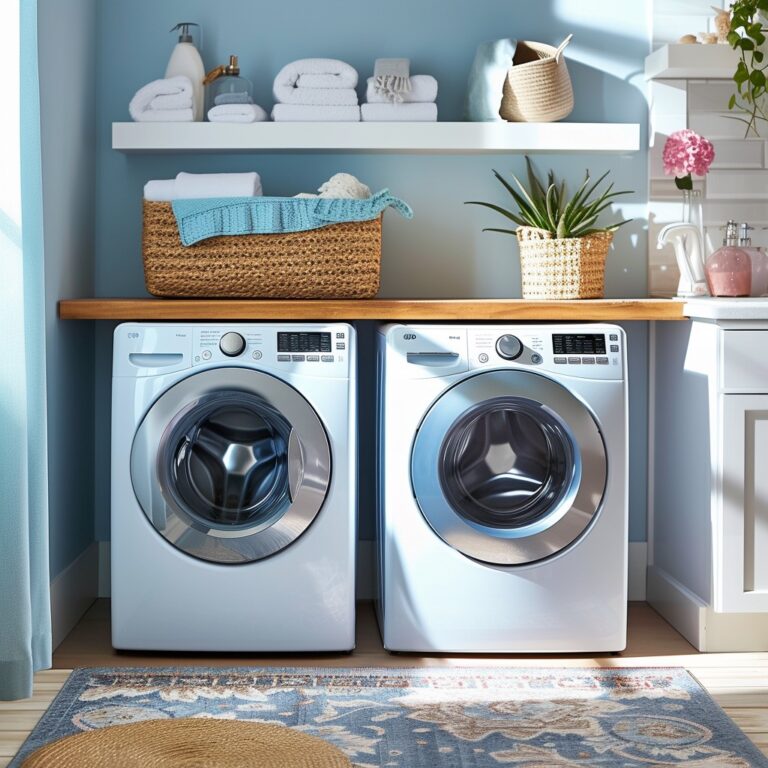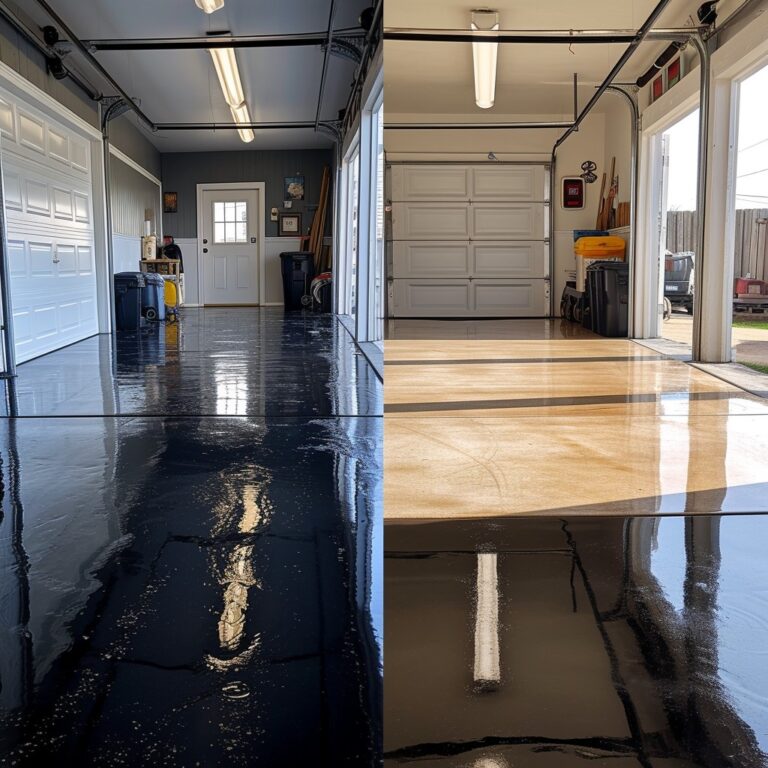washing machine Repair: The Comprehensive Guide to Fixing Your Washing Machine

Washing machine are essential appliances in every household, making the task of doing laundry much easier and faster. However, like all machines, they can sometimes malfunction or break down. In this detailed guide, we will walk you through the most common issues that washers face and provide step-by-step instructions on how to repair them. Whether you are dealing with a washer that won’t start, won’t spin, or is leaking water, this guide is designed to help you get your appliance back in working order.
Common Washer Problems and How to Fix Them
1. Washer Won’t Turn On
One of the most frustrating problems you might encounter is when your washer refuses to start. This issue can be caused by several factors, and diagnosing the problem is the first step towards a solution.
- Check the Power Supply: Ensure that your washing machine is plugged in and that the outlet is working. You can test the outlet by plugging in another device. If the outlet is faulty, you may need to reset your circuit breaker or replace a blown fuse.
- Inspect the Door/Lid Switch: Most washers are equipped with a door or lid switch that prevents the machine from operating if the door is not securely closed. If this switch is faulty, the washer won’t start. You can test the switch with a multimeter and replace it if necessary.
- Examine the Timer Control: The timer controls the various functions of the washer, and if it’s defective, the washing machine might not start. If you suspect the timer is the issue, consider consulting your washer’s manual for instructions on how to test and replace it.
2. Washer Won’t Spin or Agitate
If your washer fills with water but doesn’t spin or agitate, this can lead to soaked clothes and incomplete wash cycles. Several components could be the culprit.
- Check the Drive Belt: The drive belt connects the motor to the washer’s drum. Over time, this belt can wear out or break, causing the washer to stop spinning or agitating. Inspect the belt for any signs of damage and replace it if necessary.
- Inspect the Motor Coupler: The motor coupler is a small, inexpensive part that connects the motor to the transmission. If the coupler is broken, the washer won’t spin or agitate. Replacing the motor coupler is a relatively simple repair that most DIYers can handle.
- Test the Lid Switch: Just like with the washer not turning on, a faulty lid switch can prevent the washing machine from spinning. Test the switch with a multimeter and replace it if needed.
3. Washer Leaks Water
A leaking washer can cause significant damage to your laundry room floor and create a mess. Identifying the source of the leak is crucial to fixing the problem.
- Examine the Hoses: The most common cause of a leaking washer is a loose or damaged hose. Inspect the water inlet hoses and drain hose for any signs of wear or leaks. Tighten or replace the hoses as needed.
- Check the Door Seal (Front-Loading Washers): Front-loading washers have a rubber door seal (gasket) that can wear out or become damaged over time. If the seal is compromised, water can leak out during the wash cycle. Inspect the seal and replace it if necessary.
- Inspect the Water Pump: The washing machine circulates water during the wash cycle and drains it afterward. If the pump is cracked or the seals are worn out, it may leak water. Replacing the water pump is a more involved repair but can usually be done with basic tools.
4. Washer Makes Loud Noises
If your washer is making loud, unusual noises during operation, it’s a sign that something is wrong. Identifying and fixing the source of the noise can prevent further damage to your machine.
- Check the Drum Bearings: Worn-out drum bearings can cause the washer to make a loud rumbling noise, especially during the spin cycle. Replacing the bearings is a complex repair that may require professional assistance, but it’s necessary to keep your washer running smoothly.
- Inspect the Drive Pulley: The drive pulley helps the belt rotate the drum. If the pulley is loose or damaged, it can cause loud noises. Tighten the pulley or replace it if needed.
- Examine the Shock Absorbers (Front-Loading Washers): Front-loading washers are equipped with shock absorbers that reduce the vibrations of the drum. If these absorbers are worn out, the washer may make loud banging noises. Replacing the shock absorbers can resolve this issue.
5. Washer Won’t Drain
A washer that doesn’t drain properly can leave your clothes soaking wet and may lead to further issues like mold or mildew. The cause of this problem can usually be traced to a clog or a faulty component.
- Check the Drain Hose: The first step is to inspect the drain hose for any clogs or kinks. Ensure that the hose is properly positioned and free of obstructions. Clearing a clogged hose can often resolve drainage issues.
- Inspect the Drain Pump: The drain pump is responsible for removing water from the drum during the spin cycle. If the pump is clogged or faulty, the washer won’t drain. You can remove the pump to check for any obstructions or replace it if it’s not working.
- Test the Lid Switch: On top-loading washers, a faulty lid switch can prevent the washer from draining. As mentioned earlier, test the switch with a multimeter and replace it if needed.
Preventive Maintenance Tips
Regular maintenance can help prevent many of the issues mentioned above and extend the life of your washing machine. Here are some tips to keep your washer in top condition:
- Clean the Lint Filter: Just like dryers, some washers have a lint filter that needs to be cleaned regularly. This prevents clogs and improves the washing machine efficiency.
- Inspect the Hoses Regularly: Check the water inlet and drain hoses every few months for signs of wear or damage. Replacing worn hoses before they fail can prevent leaks and flooding.
- Balance the Load: Always balance the load inside the drum to prevent excessive vibration and noise. Overloading the washer can also cause undue strain on the motor and other components.
- Use the Right Detergent: Using too much detergent or the wrong type can cause buildup inside the drum and hoses, leading to odors and poor performance. Follow the manufacturer’s recommendations for detergent type and amount.
- Clean the Washer Drum: Periodically run an empty wash cycle with hot water and a washer cleaner to remove any residue or mold buildup inside the drum.
When to Call a Professional
While many washer repairs can be done by a knowledgeable DIYer, some issues may require professional help. If you’re dealing with a complex problem, such as replacing the washing machine drum bearings or fixing a malfunctioning control board, it’s best to call a professional technician. Attempting these repairs without the proper tools and expertise can lead to further damage and costly repairs.
Conclusion
Washing machine repairs don’t have to be daunting. With the right tools, knowledge, and a bit of patience, many common washer problems can be fixed at home. By following the tips and instructions in this guide, you can save time and money while keeping your washer running smoothly.





Can you be more specific about the content of your article? After reading it, I still have some doubts. Hope you can help me.